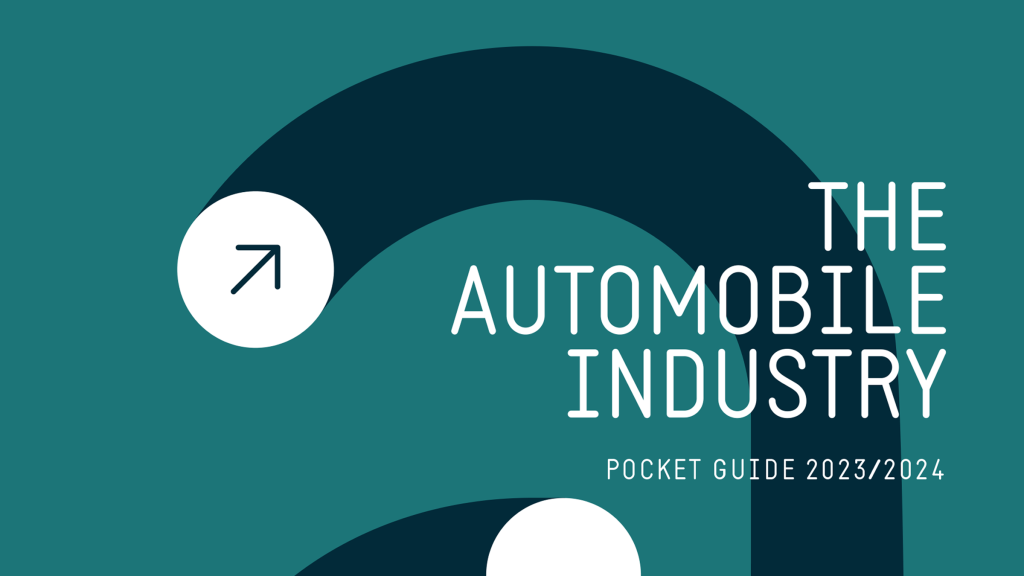Fact sheet #1 – Euro 7: Productive or counterproductive for the environment?

Significant progress has been made in the EU on reducing air pollution from vehicles, under the current Euro 6/VI standards. Euro 7 is unlikely to make much more of an impact, and may even be counterproductive as it risks slowing down fleet renewal.
Between 2014–2020, Euro 6/VI standards delivered a 25% cut in total nitrogen oxides (NOx) emissions from cars and vans on EU roads and a 36% cut from heavy-duty vehicles.
The impact of Euro 6/VI is being held back by the high proportion of older vehicles still in circulation. For instance, eight years after Euro VI, pre-Euro VI trucks still account for three-quarters of the total trucks on EU roads and 92% of NOx.
The Euro 7 proposal would only reduce road transport NOx emissions by less than 4% for cars and vans (compared to Euro 6 levels) and by about 2% for trucks. But it will entail significant human and financial resources.
Without tackling the older vehicles, Euro 7 will have a barely perceptible impact on road transport NOx emissions.
Between 2014–2020, Euro 6/VI standards delivered a 25% cut in total NOx emissions from cars and vans on EU roads and a 36% cut from heavy-duty vehicles.

